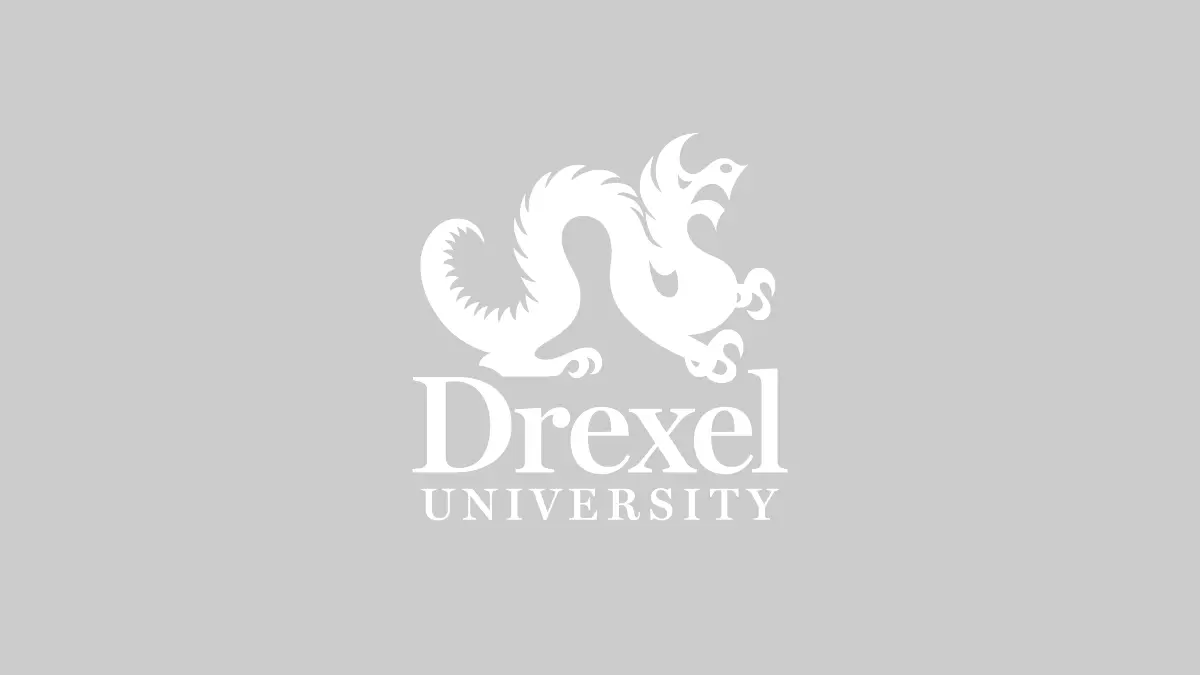
Regional Subcultures Affect Foreclosure Rates
During the recent financial crisis, foreclosure rates varied wildly from state to state, and with good reason: Some states fared much worse economically than others. But a new study co-authored by Drexel LeBow economics Professor Bijou Yang Lester reveals evidence that there may be more to the story than just the bad economy.
Previous studies have revealed that regional subcultures affect the personality traits of residents in different states. In her study, Lester compared foreclosure rates against those findings and found a strong link between the rate of foreclosures in 2007 and one specific personality trait: residents’ level of “openness.”
Lester says people who score high in openness are more willing than others to try new things. Openness is not necessarily a bad trait: The study points out that California, home of Silicon Valley’s innovative technological companies, has a very high rate of openness. However, “openness seems to have drawbacks, encouraging individuals into irrational economic choices.”
The study also reports that states with higher foreclosure rates also have residents with lower estimated average IQs. It concludes there is evidence that residents of some states may have traits that “affected the economic decisions” they made, resulting in a higher rate of foreclosures.
Lester’s coauthor in this study, David Lester, a professor of psychology, has been collaborating with her for more than 25 years in both work and life: He’s her husband. Together, they combine their areas of expertise to research topics decidedly more dreary than onerous debt, such as the link between economics and suicide or the death penalty.
“I don’t know why, but my husband seems to be very interested in studying things in psychology that are morbid,” Yang says with a chuckle.
Bijou Yang Lester, PhD, is a professor in Drexel LeBow’s School of Economics. David Lester, PhD, is a professor of psychology at Richard Stockton College of New Jersey. Their paper, “A Subcultural Study of Credit Card Debt and Foreclosures,” was recently published in the journal Applied Economics.


